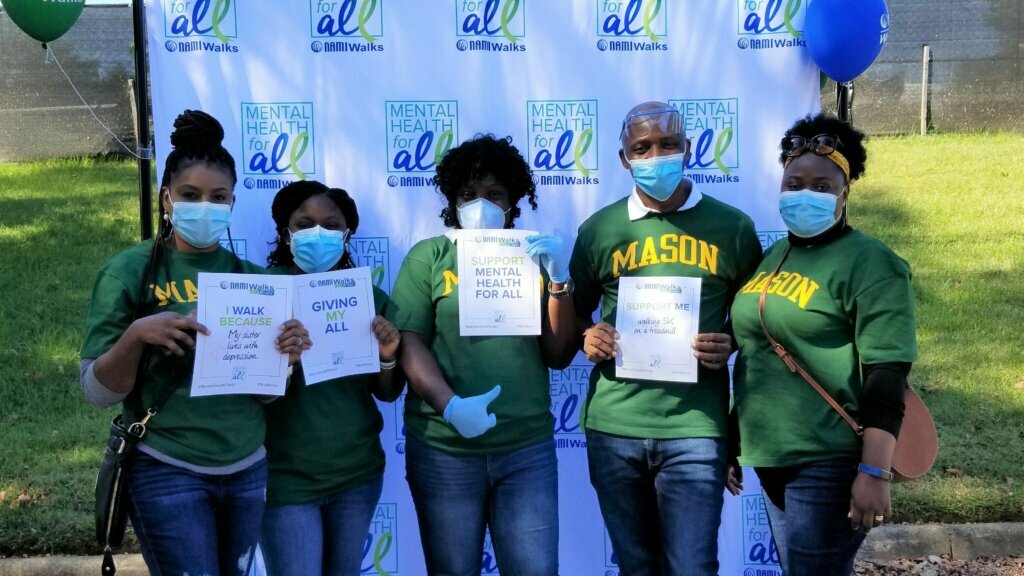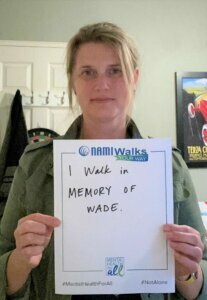
Between the stresses of the pandemic and a nationwide shortage of health care workers, mental health advocacy groups say they need support now more than ever.
In Virginia, Democratic Sen. Tim Kaine is co-sponsoring a bill to boost the number of doctors in training. His office noted that according to the Association of American Medical Colleges, Virginia was anticipated to have a shortage of 3,911 doctors by 2030 — even before the pandemic hit.
Lack of staff also has impacted the number of available beds in psychiatric hospitals in the state to the degree that admissions were halted this summer.
“People have been turning to us for support and guidance throughout the pandemic, and so we have been a safety net for people because they’ve had nowhere else, nowhere else to turn,” said Summer Parrish, CEO of the National Alliance on Mental Illness (NAMI) in Northern Virginia.

Parrish said that in a typical year, one in five people is affected by a mental health condition, “but through the collective trauma of the pandemic, one in three people are now experiencing depression and anxiety.”
The group’s annual fundraiser, called “NAMIWalks Your Way: A United Day of Hope,” is being held virtually nationwide on Oct. 9. The group said participants can “walk the walk with us” and keep the momentum going to celebrate mental health for all.
The name of the fundraiser is inspired by the thought that people are being encouraged to “fill their bucket” whatever way they’d like.
“Filling your bucket are things that bring you joy, right? So for some people that’s jumping rope, for some people it’s taking a walk, and for some people that can be knitting,” Parrish said. “So whatever it is that brings you joy.”
Participants are asked to post a picture to social media with the hashtag #NotAlone.
You can register to join NAMIWalks Your Way on the group’s website. There is no registration fee, but fundraising is encouraged. All funds raised support NAMI Northern Virginia’s free local mental health programs, resources and services.
Emphasizing the need for the services her group provides, Parrish pointed to what she calls a startling statistic.
“It takes an average of 11 years between the onset of someone’s symptoms and the treatment that’s available. And that could be for many reasons. Maybe they don’t have insurance, maybe they don’t have access to care, maybe their symptoms are confusing and they aren’t getting the proper diagnosis … or maybe there aren’t enough providers,” she said.
“That average is an average right?” she added. “So it can take some people many more years than 11 years to get the proper treatment that they need.”








